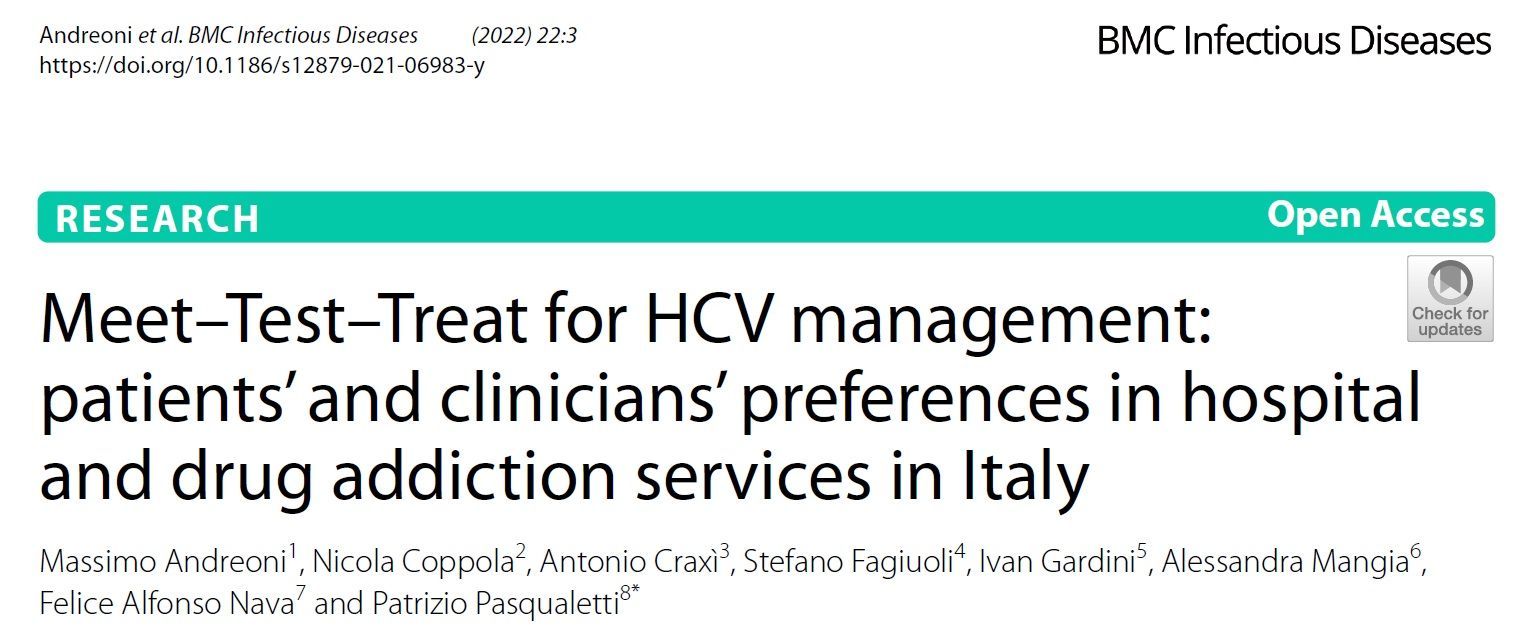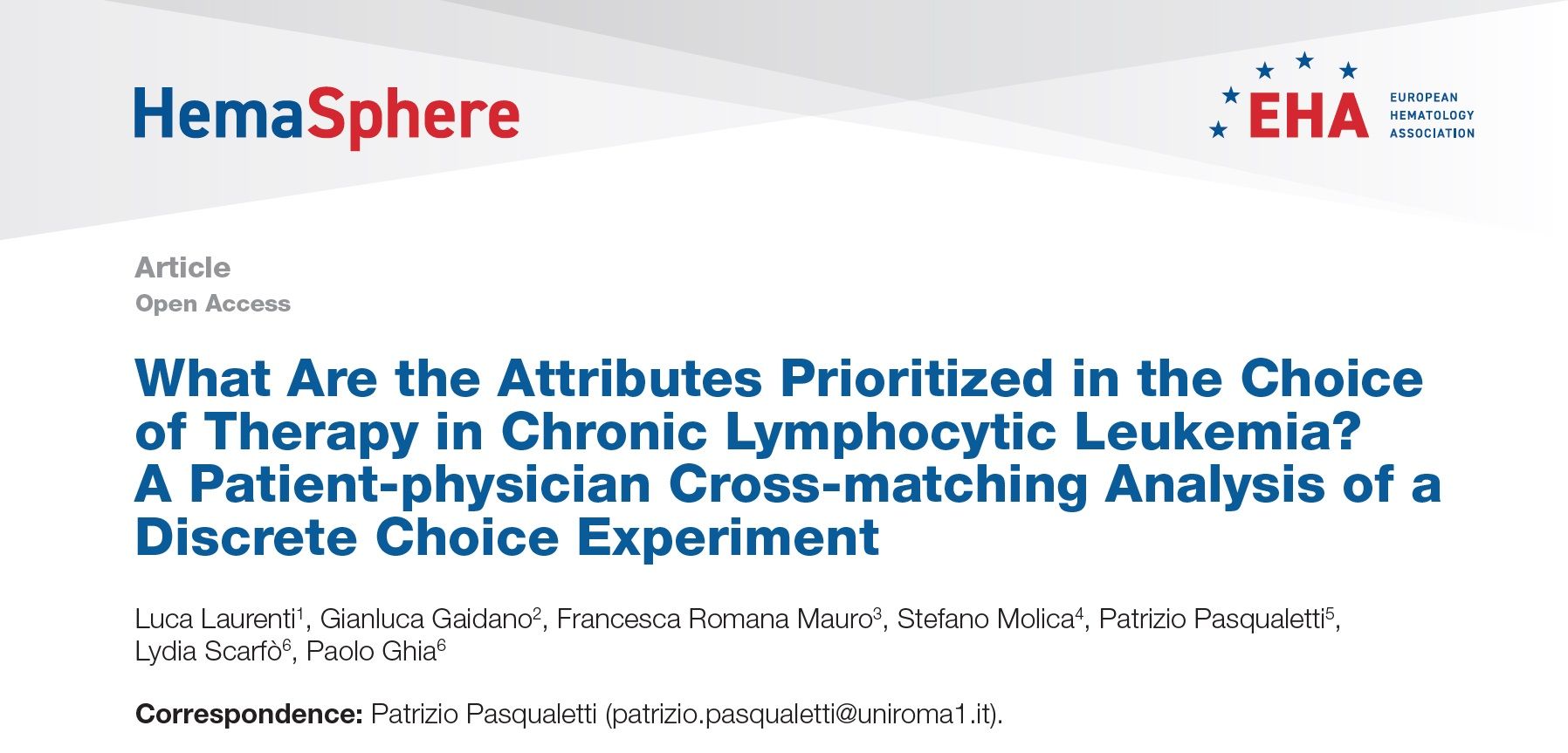Discrete Choice Experiments
Know the drivers of choice
What it evaluates and its advantages
The DCE methodology makes it possible to evaluate from a quantitative and statistical point of view the preferences of patients, clinicians and/or payors with respect to different therapeutic options or possible scenarios in the management of treatment and patient follow-up, or even of treatment pathways in charge in healthcare facilities or definition of PDTA.
Objective
The goal of the DCE, methodology which is based on
Survey
At the beginning of the study, the attributes and levels are identified on the basis of what is reported in the literature (scientific articles, guidelines, recommendations, etc.) or clinical experience.
Read more
AT THE ORIGIN OF ADHERENCE.
Discrete Choice Experiment to probe the preferences of patients, clinicians and payors
Possible areas of application of the DCE
Therapy
Improving Precision Medicine (patient segmentation)
PDTA / Patient Journey
Creation of registration dossiers
Acquisition of Market Insight
Endpoint definition of clinical trials on
based on parameters also chosen by the patients
Setting up research and development activities
Definition of Psychometric Scales
Comparisons between different stakeholders
(Patients, Clinicians, Payors, Pharmacists)
Individual DCE
DCE application timing
1
Before a Clinical Trial
2
During a Clinical Trial
3
After a Clinical Trial
In this case the DCE can be carried out in preparation of the dossier for the registration of a new drug, for example on therapies or on the most appropriate Patient Journey








